From sponge baths to cleaning tiny hands, natural infant hygiene focuses on safe, chemical-free ways to care for your baby’s delicate skin and daily needs.
You know, I’m not a mother myself, but I’ve had the privilege of walking closely beside family and friends through their parenting journeys. When my sister brought home her first baby, I was there—sometimes fumbling with tiny socks, other times helping during bath time. I swear, it’s the CUTEST experience! Those little moments made me realize something powerful: natural infant hygiene is more than just cleanliness. It’s about comfort, bonding, and giving a newborn the healthiest start possible.
I’ve listened to moms share their struggles and their little victories. One mom said, “I used to stress about when to give first bath to newborn, until I realized waiting a day or two made her baby more relaxed.” Another confided, “Figuring out the right water temp for newborn bath turned bath time from tears to giggles.” These real-life lessons stayed with me, and that’s why I want to share what I’ve learned.
Why Natural Infant Hygiene Matters?
When I first heard the phrase natural infant hygiene, I thought it was just about washing and wiping. But it goes so much deeper—it’s about helping babies feel secure and comfortable while protecting them from germs. Practicing good hygiene supports every part of a baby’s development: from healthy skin to peaceful sleep.
Think of it as building blocks: each small act of care forms a foundation for lifelong habits. And believe me, those habits start earlier than you might think.
Here’s why natural infant hygiene is essential:
Protection against infections and skin rashes
Establishing healthy baby body care routines
Encouraging restful sleep with proper infant sleep hygiene
Supporting oral health with infant mouth hygiene and infant teeth hygiene
Creating joyful bonding moments between caregiver and baby
Bathing Basics: The First Step in Hygiene
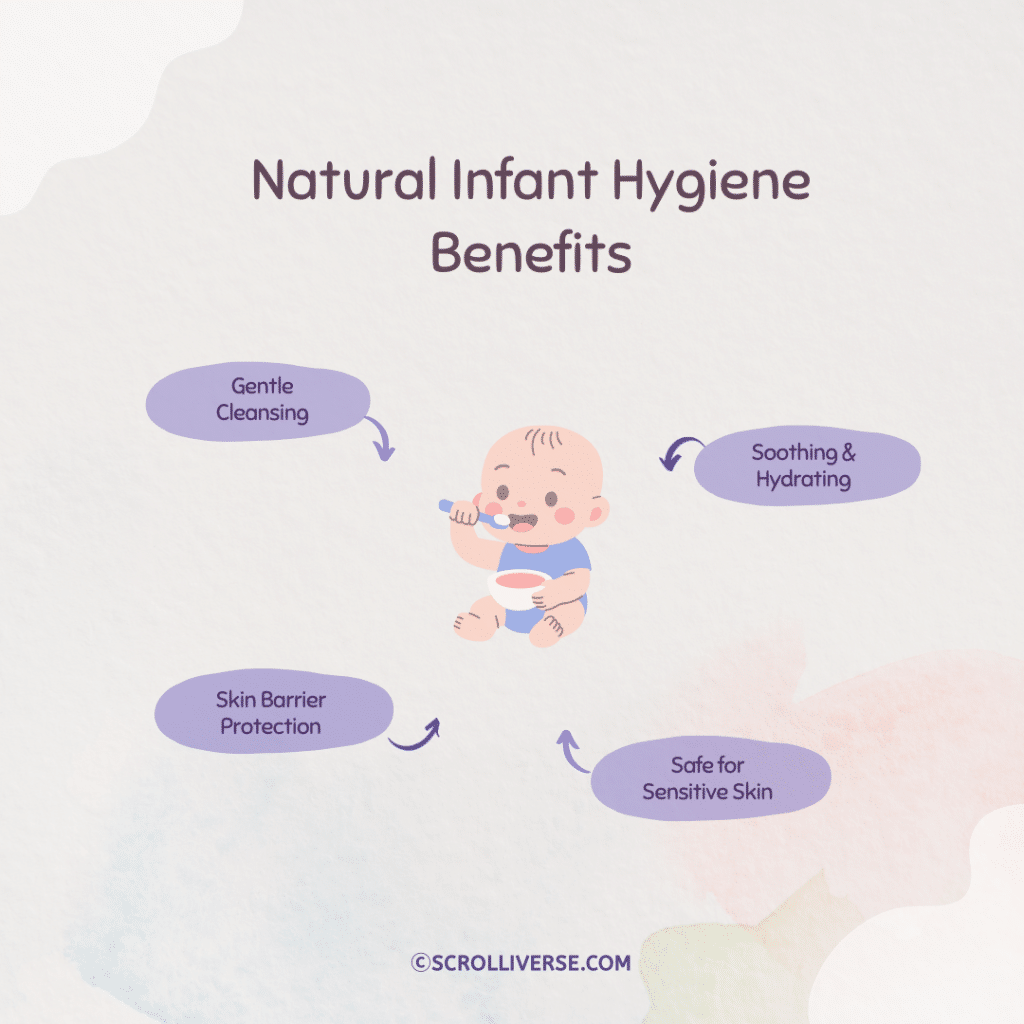
Bath time can feel like one of those defining moments of parenthood. On one hand, it’s incredibly special—tiny toes splashing in warm water, that clean baby scent filling the room. On the other hand, it can be a little intimidating. I’ve seen moms nervously balancing a slippery newborn, and I’ve also watched babies turn bath time into their personal waterpark. The truth is, bath time doesn’t have to be stressful. With the right approach, it can be both safe and soothing for your baby.
Here are some of the most common questions parents ask about natural infant hygiene and bath time:
When to Give the First Bath to a Newborn
The question of “when to give first bath to newborn” comes up all the time. In fact, I remember my sister being surprised when the nurse told her to wait. The truth is, there’s no rush.
Delay the first bath: Experts recommend waiting at least 24–48 hours after birth before giving a newborn their first full bath. This delay helps the baby’s body temperature stabilize and allows the protective layer on their skin (called vernix) to continue doing its job.
Start with sponge baths: In the meantime, you can keep your little one fresh with gentle sponge baths. All you need is warm water, a soft washcloth, and lots of patience. Wipe the face, neck folds, hands, and diaper area.
Focus on comfort: Babies are still adjusting to the outside world, so keeping things calm and slow helps them feel secure.
How Often to Bathe an Infant?
A lot of new parents assume daily baths are necessary—but the truth is, less is more in those early months.
Two to three times a week is enough: Newborns don’t get dirty the same way toddlers do. Bathing them two to three times weekly keeps them clean without stripping away their natural skin oils.
Daily face and hand cleaning: Even if you’re not doing a full bath, wipe down your baby’s face, neck, hands, and bottom daily. This keeps them fresh and prevents irritation.
Watch their skin: If your baby’s skin starts to look dry, you might actually be bathing too often. In that case, cut back and moisturize gently afterward.
Toddler Bath: From Hygiene to Playtime
Once babies grow into toddlers, baths become less about “getting clean” and more about creating a fun, relaxing ritual. I’ve watched my nephew turn bath time into an adventure with his toy ducks and little boats—it became the best part of his evening.
Make it playful: Adding the best bath toys for babies can make the experience enjoyable and less of a struggle. Think floating animals, stacking cups, or even simple rubber duckies.
Build a routine: Many parents find that making bath time part of the bedtime routine helps toddlers wind down. Warm water, soft lighting, and calm conversation all signal that sleep is coming next.
Encourage independence: Toddlers love to mimic adults. Give them a small washcloth and let them “help” wash their arms or tummy—it’s both fun and educational.
Water Temperature: Getting It Just Right
One of the biggest game changers in bath time is the water itself. I’ve seen babies go from screaming to sighing contentedly—all because the bath water temperature was adjusted correctly.
Ideal water temp for newborn bath: Aim for 37–38°C (98–100°F). It should feel warm but never hot.
Test with your body: Your wrist or elbow is more sensitive than your hands, so use it to check the water before putting your baby in.
Use a bath thermometer: If you want extra reassurance, bath thermometers are inexpensive and can take the guesswork out.
Avoid extremes: Cold water can startle and upset a baby, while overly hot water risks burns. A steady, warm bath keeps them calm and safe.
What’s the Takeaway: Bath time is one of those small but meaningful rituals that grow with your baby. Whether it’s waiting patiently for that first bath, finding the right rhythm for how often to bathe, or turning a toddler bath into a joyful game, these little choices add up. And don’t underestimate the power of getting the water just right—it can transform bath time into a calming, bonding experience for both you and your baby.
Hand and Body Care: Tiny Details That Matter
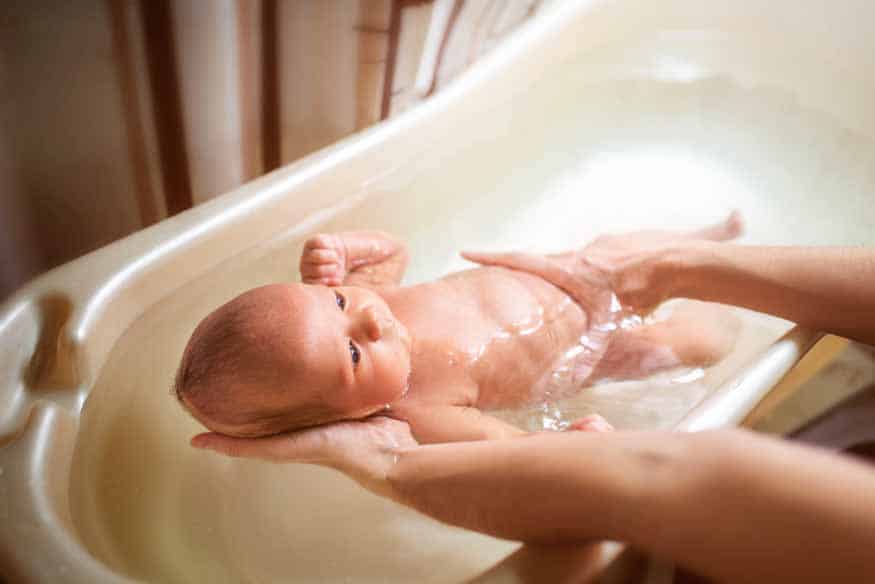
Credit: eurokidsindia.com
If there’s one thing I noticed right away with my nephew, it’s that babies LOVE putting their hands in their mouths. They chew on them, suck on them, and sometimes even use them like little spoons while exploring food. It’s adorable—but it also means germs can sneak in easily. That’s why good hand hygiene and overall body care aren’t optional—they’re absolutely essential parts of natural infant hygiene.
The good news? With a few mindful steps, you can keep your baby fresh, comfortable, and healthy without overcomplicating things. Let’s break it down:
How to Clean Baby Hands?
You’ll be surprised at how often babies’ hands get sticky. Whether it’s from drool, food, or just everyday exploring, those tiny fingers need frequent attention.
Use warm water and a soft washcloth: A gentle wipe before feedings is one of the simplest ways to keep hands clean. No need for soap every time—plain warm water works wonders.
On-the-go? Carry wipes: Fragrance-free, baby-safe wipes are perfect for outings. They’re quick, convenient, and keep those little fingers germ-free when you’re away from home.
Make it playful: Babies can get fussy when you’re constantly wiping their hands. Turn it into a little game—sing a song or gently wiggle their fingers while cleaning to make it fun.
Baby Body Hygiene
Babies’ skin is delicate and oh-so-soft, but it’s also prone to irritation. One mistake I’ve seen parents make is forgetting those hidden folds where moisture collects. That’s where rashes love to sneak in.
Check the folds: Pay extra attention to areas like the neck, armpits, behind the knees, and between the thighs. These spots can easily trap moisture, especially after a bath or a sweaty nap.
Pat, don’t rub: After bathing, always pat the skin dry instead of rubbing. Rubbing can cause friction and irritation on their sensitive baby body.
Moisturize gently: A thin layer of fragrance-free baby lotion can help keep skin soft and prevent dryness, especially in colder months.
Baby Boy Hygiene
Caring for a baby boy’s hygiene often brings up extra questions, and I’ve heard plenty of worried parents talk about it. The truth is, less is more—gentleness is the golden rule.
Warm water is enough: During diaper changes or bath time, use lukewarm water to gently clean the area. You don’t always need soap, which can sometimes be too harsh.
Mild wipes for quick cleans: If you’re outside or traveling, opt for unscented, alcohol-free wipes. They’re effective without being irritating.
Never force foreskin retraction: This is one of the biggest concerns parents ask about. The foreskin naturally separates over time, and forcing it can cause pain or injury. Just clean the outside gently, and nature will take care of the rest.
What’s the Takeaway: Hand and body care may seem like small details, but they play a big role in keeping your baby safe and comfortable. From learning how to clean baby hands to remembering that skin folds need just as much attention, these little steps are all part of building a solid natural infant hygiene routine.
Oral and Sleep Hygiene: Small Habits with Big Benefits
Parents often overlook oral care in babies, especially before teeth erupt. But from what I’ve seen, infant mouth hygiene is just as important in the early months. One mom I know wiped her baby’s gums daily with a damp cloth, and when teeth appeared, she had already set the stage for good oral care.
Here are the basics:
Infant mouth hygiene: Start early by wiping gums with a soft cloth.
Infant teeth hygiene: Once that first tooth peeks through, switch to a tiny toothbrush with soft bristles and just water.
Infant sleep hygiene: Sleep is just as much about hygiene as bathing. A consistent bedtime routine, dimmed lights, and fresh sleepwear help babies feel secure. A humidifier can also keep the air moist, easing breathing and reducing dry skin.
Recommended Products for Natural Infant Hygiene
While the heart of natural infant hygiene is simplicity, the right products make a world of difference. I’ve seen moms breathe easier once they had the right essentials at hand.
Here’s what to keep in your baby care basket:
Mild, fragrance-free soap for delicate skin
Soft cotton towels for gentle drying
Baby-safe nail clippers for those surprisingly sharp nails
Non-toxic, BPA-free bath toys for safe fun
A baby humidifier for clean, moist air
Organic bibs and clothing for everyday care
Let us take a look at few of baby hygiene products.
Baby Care Essentials
WaterWipes Sensitive+ Newborn & Baby Wipes
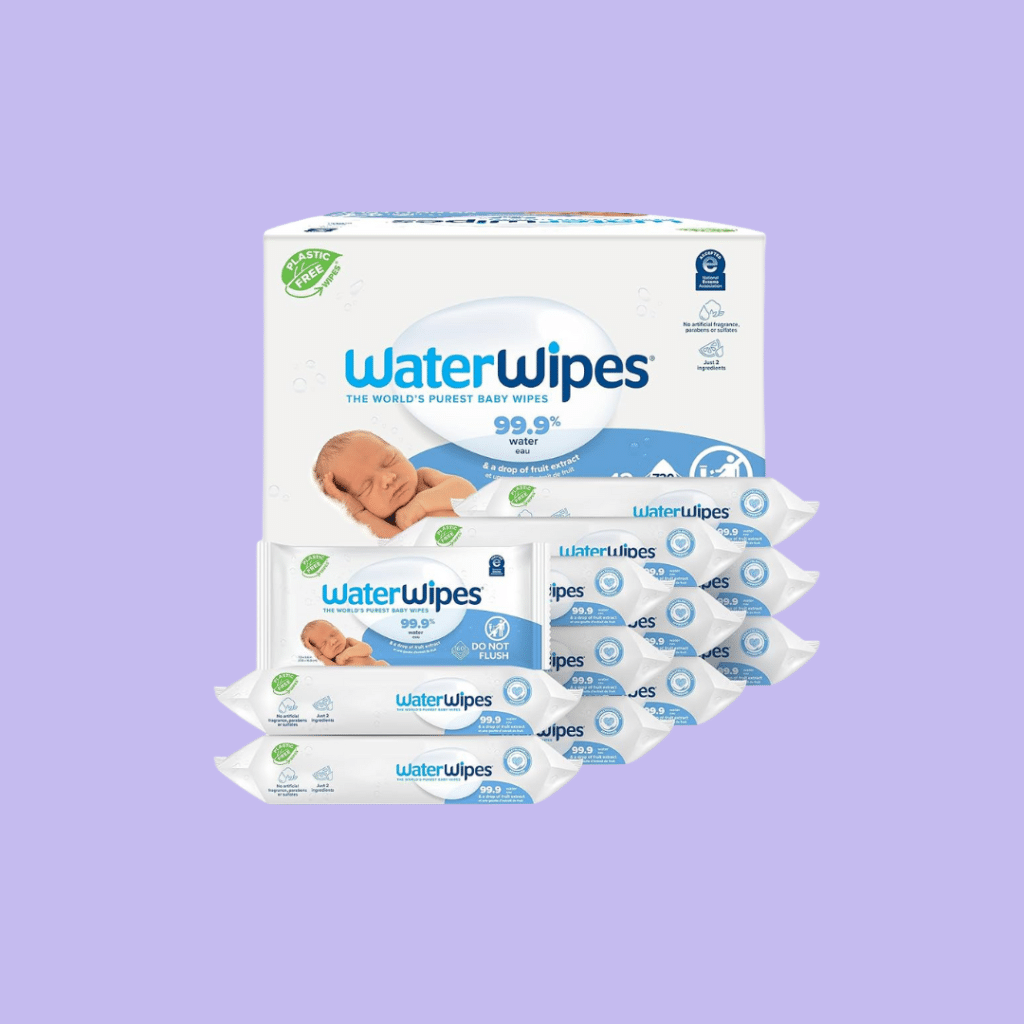
Credit: amazon.com
Infant Touchpoints
Pure, gentle, and effective – the perfect trio for your baby’s delicate skin.
These WaterWipes offer a gentle solution for cleaning your baby’s sensitive skin. With a minimalist formula featuring 99.9% purified water and a drop of fruit extract, they ensure your little one’s skin stays hydrated and protected.
- 99.9% purified water & fruit extract for a gentle clean
- Ideal for daily use on sensitive skin
- Thicker, stronger, and more durable for tough messes
- Free from fragrance, alcohol, and harmful chemicals
- Dermatologically approved, vegan, and plant-based
Baby Eczema & Skin Relief
Tubby Todd All Over Ointment
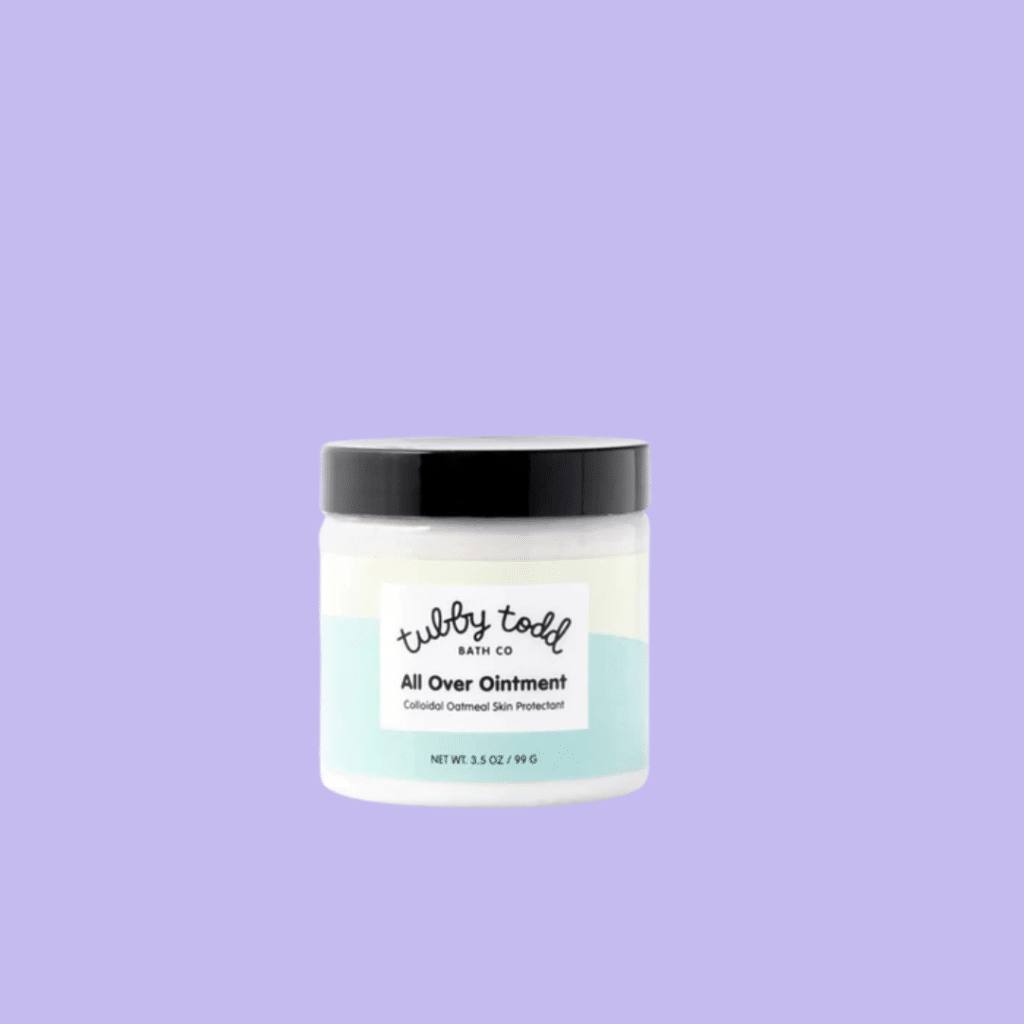
Credit: shop-good.co
Infant Touchpoints
Soothing relief for eczema and dry skin with natural ingredients like oatmeal and avocado.
Tubby Todd’s soothing ointment provides natural relief for eczema, rashes, and dry, irritated skin. Packed with colloidal oatmeal, jojoba esters, and avocado extract, this ointment deeply hydrates without leaving a greasy residue
- Colloidal oatmeal soothes eczema and sensitive skin
- Botanical-rich formula for lasting hydration
- Safe for daily use with no harsh chemicals or steroids
- Pediatrician-tested, fragrance-free, and gluten-free
- Thick, smooth formula absorbs easily and lasts all day
Baby Probiotic Skin Care
SIANI Store BabyBiotics

Credit: amazon.com
Infant Touchpoints
Chemical-free probiotic spray for baby’s skin—perfect for diaper rash, cradle cap, and more. Gentle, natural, and effective.
Give your baby’s skin the best care with BabyBiotics, a natural, chemical-free probiotic spray. Ideal for diaper rash, cradle cap, acne, and other skin irritations, it helps balance the skin’s microbiome by adding protective probiotics.
- Chemical-free, fragrance-free, and non-GMO
- Probiotics and purified water for skin protection
- Helps with diaper rash, cradle cap, and more
- Suitable for newborns through adolescence
- Manufactured in an FDA-registered facility for safety and potency
These products are the ideal trio for keeping your baby’s skin clean, soothed, and protected – from head to toe. Whether you’re tackling diaper rash or simply cleaning up after a messy moment, each offers gentle care without compromise.
Toddler Care Hygiene: Growing Routines
By the time your baby becomes a toddler, hygiene is no longer just your responsibility—it’s something you start teaching them too. Toddlers love to imitate, so turning hygiene into a playful, positive activity goes a long way.
Some practical tips:
Encourage handwashing before meals and after playtime—sing a fun song while you do it.
Make bath time enjoyable with colorful, safe toys.
Invest in soft, absorbent baby towels for after-bath snuggles.
Stock up on baby bibs to make mealtimes less messy.
Real Moms, Real Experiences
Nothing is more reassuring than hearing from moms who’ve been there. Their stories remind us that every baby is unique, but the principles of hygiene remain the same.
Sarah, a mom of two: I used to bathe my first baby every day and she developed rashes. With my second, I learned that how often to bathe infant really matters—every other day was much better.
Meera, first-time mom: Bath time was chaos until I figured out the right bath water temperature. Now it’s the happiest part of our evening.
Laura, toddler mom: Teaching my son handwashing was tough until we turned it into a game. That’s when he actually started enjoying hygiene.
Final Reflections
At the end of the day, natural infant hygiene isn’t about perfection—it’s about being mindful, consistent, and gentle. From how to clean baby hands to infant teeth hygiene, each small step builds into something bigger: a child who grows up with healthy habits and comfort in their own skin.
Remember, there’s no one-size-fits-all. Babies will cry, routines will shift, and you’ll make adjustments along the way. What matters is that you’re attentive, loving, and committed to giving your little one the best care possible.
Frequently Asked Questions
Let us answer some of your most asked questions regaridng baby hygiene!
When should I give my newborn their first bath?
Wait at least 24–48 hours after birth before the first real bath. A gentle sponge bath is enough in the meantime.
How often should I bathe my infant?
Newborns usually need a bath only 2–3 times per week. Daily baths can dry out their skin.
What is the best water temperature for a baby’s bath?
The ideal bath water temperature is 37–38°C (98–100°F)—warm, never hot. Always test with your wrist or elbow.
How do I clean my baby’s hands safely?
Use a soft washcloth with warm water. On outings, fragrance-free baby wipes are a quick solution.
How do I care for my baby boy’s hygiene?
Be gentle—use warm water and mild wipes. Never force foreskin retraction, as it separates naturally over time.

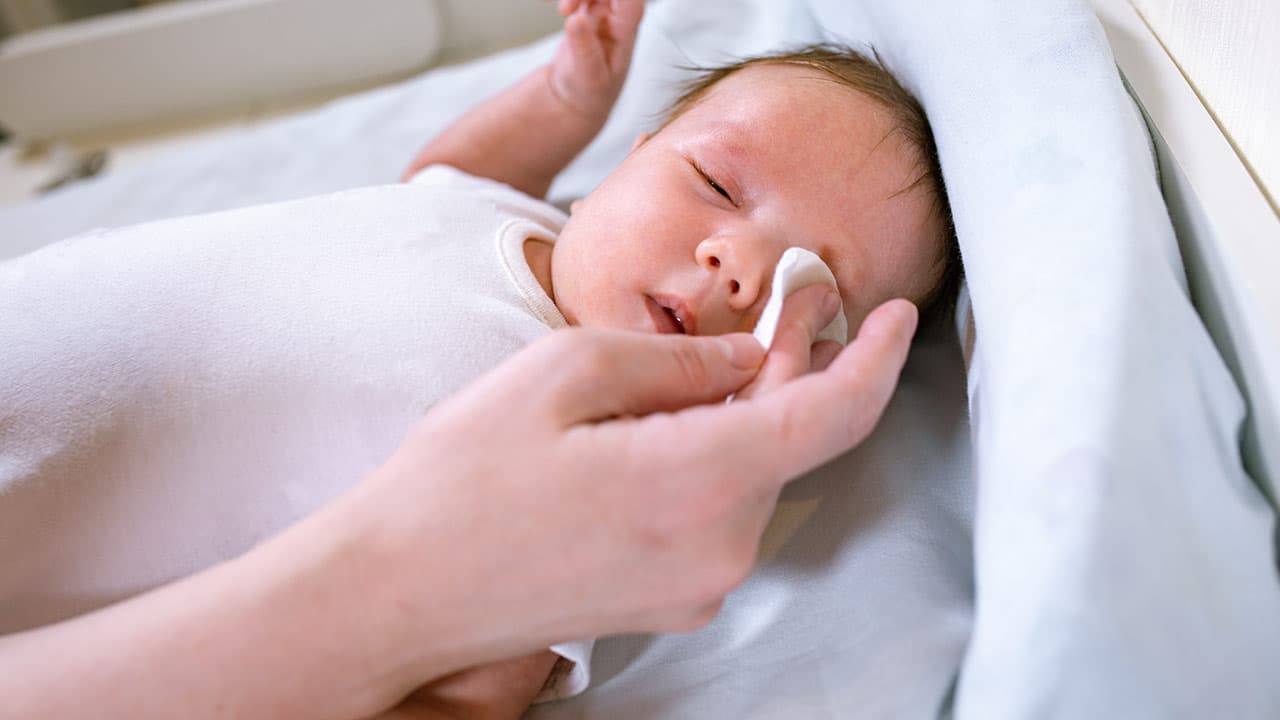


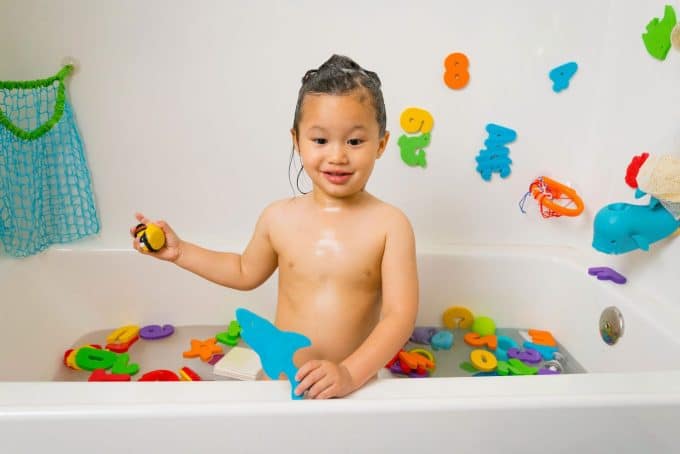

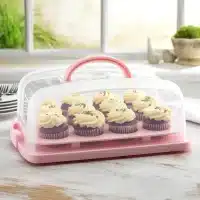

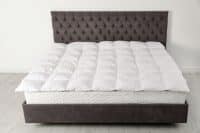

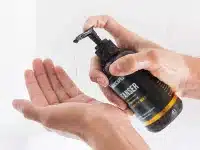

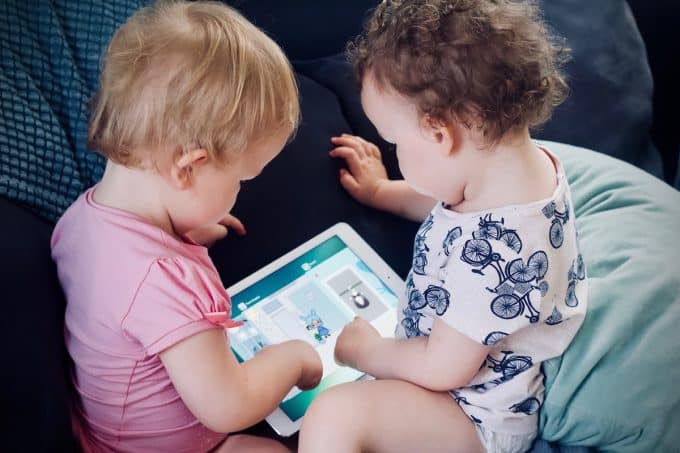




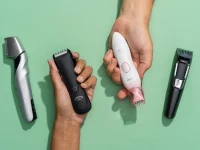

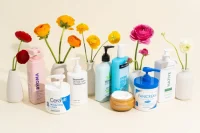
Leave a comment